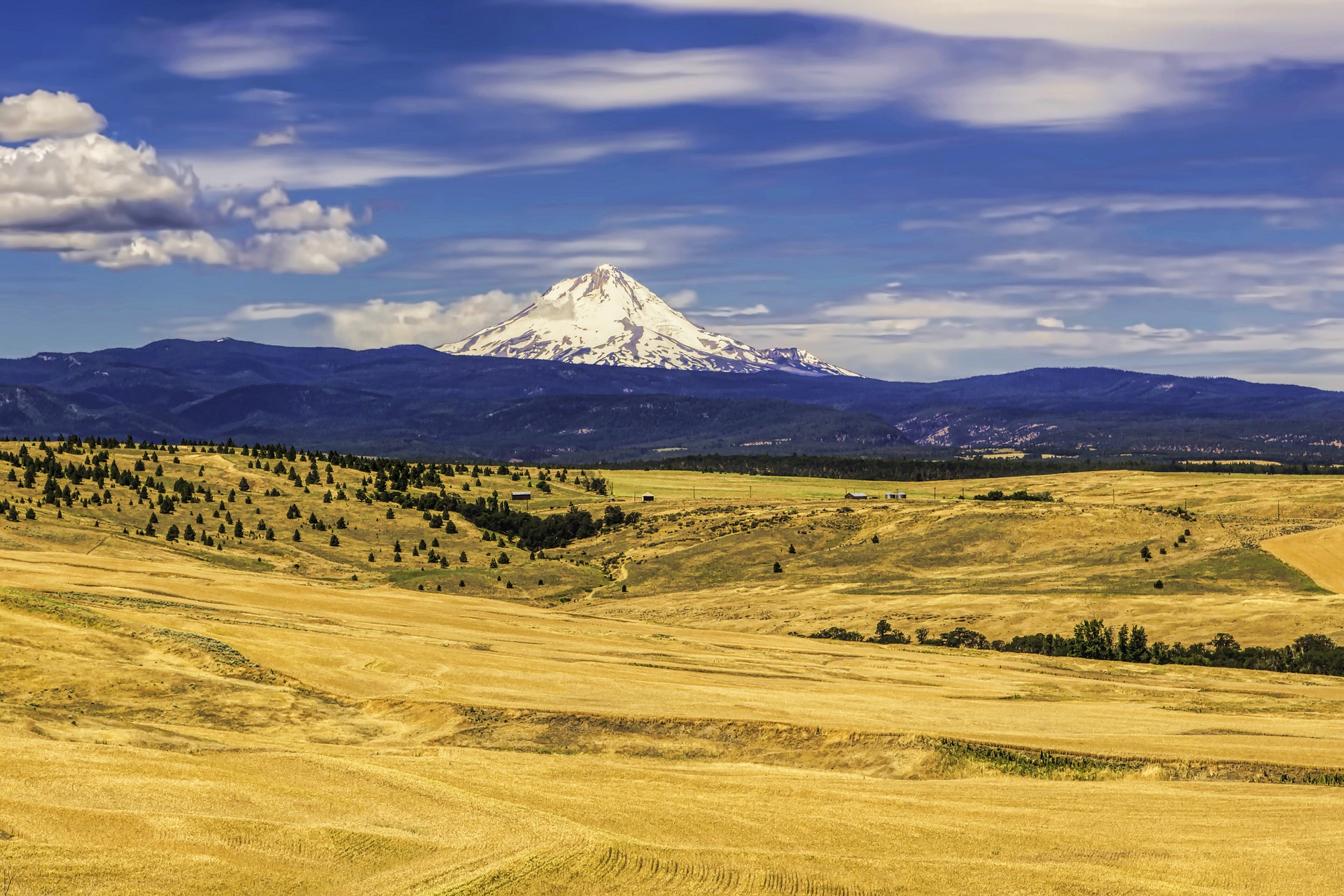Recharge where you recharge
Climbing at Smith Rock. Swimming in snow-melt in Wallowa Lake. Wading through tide pools in Ecola. Some of my favorite places to get outside and recharge are in Oregon’s state parks. I'd like to be able to get to these beautiful places with clean transportation.

Climbing at Smith Rock. Swimming in snow-melt in Wallowa Lake. Wading through tide pools in Ecola. Some of my favorite places to get outside and recharge are in Oregon’s state parks. Next year, Oregon state parks will be celebrating their 100th birthday. A century later, millions of people visit these beautiful and iconic parks each year. They should not have to pollute the place they are trying to escape to by driving a gas-powered vehicle to get there.
Like me, many Oregonians’ weekends are filled with road trips to swim and hike in the summer, and ski and snowshoe in the winter. As much as the broad starry skies, clean mountain air or sweeping views are at the forefront of our minds when we set out, getting to our destination can be almost as fun. Whether you’re listening to a podcast or belting out road trip jams, we spend a lot of time in the car in order to get to our state parks.
As the climate crisis intensifies however, it becomes increasingly more urgent that we transition off of fossil fuels and onto clean, renewable energy. Transportation, which is consistently Oregon’s largest source of greenhouse gas emissions, contributed to some Oregonians experiencing over 110 bad air quality days in 2020. In conjunction with a historic wildfire season (made worse by climate change), it’s clear that the burning of fossil fuels needs to stop.
Transitioning to an electric transportation system is necessary, and already underway. More than 36,000 electric vehicles are already registered in Oregon, and charging stations dot our major highway routes.
Some of our most celebrated and beloved state parks can take multiple hours to get to. Despite an increasing number of charging stations along I-5 and other major highways, they become sparse the farther you get from the freeway. High mileage in the more remote parts of our state leads electric car owners to rightfully worry about running out of juice on the drive back from a day of getting outside. While our state parks aren’t hard to get to, there is a noticeable lack of charging stations within them.
Oregonians should not have to choose between enjoying our state parks and driving a polluting gas-fueled vehicle. For many Oregonians, exploring the outdoors is essential to a high quality of life, and until there is a way to charge electric vehicles where we recreate, it will make the decision to switch to an electric vehicle a challenging one. Our parks should have charging infrastructure within the existing parking lots to allow people to recharge their cars where they recharge their souls.
Best of all, taxpayers do not need to foot the bill for these charging stations. A number of companies have incentives and donation programs to build out charging infrastructure in some of our favorite places. The Oregon Parks and Recreation Department should consider pursuing these opportunities.
Transitioning to a clean, renewable and electric transportation system can help us stave off some of the worst climate impacts. It can also allow us to see the wonderful places that Oregon has to offer while protecting them from our tailpipe emissions. It’s time to install charging stations in existing parking infrastructure at our state parks so that we can recharge our cars where we recharge our souls.
Photo by NPS
Topics
Authors
Jessie Kochaver
Find Out More

Methane emissions are accelerating climate change — here’s what we can do about it

Cleaner air in Steel City

Environment Oregon’s 2024 program agenda


